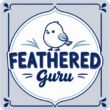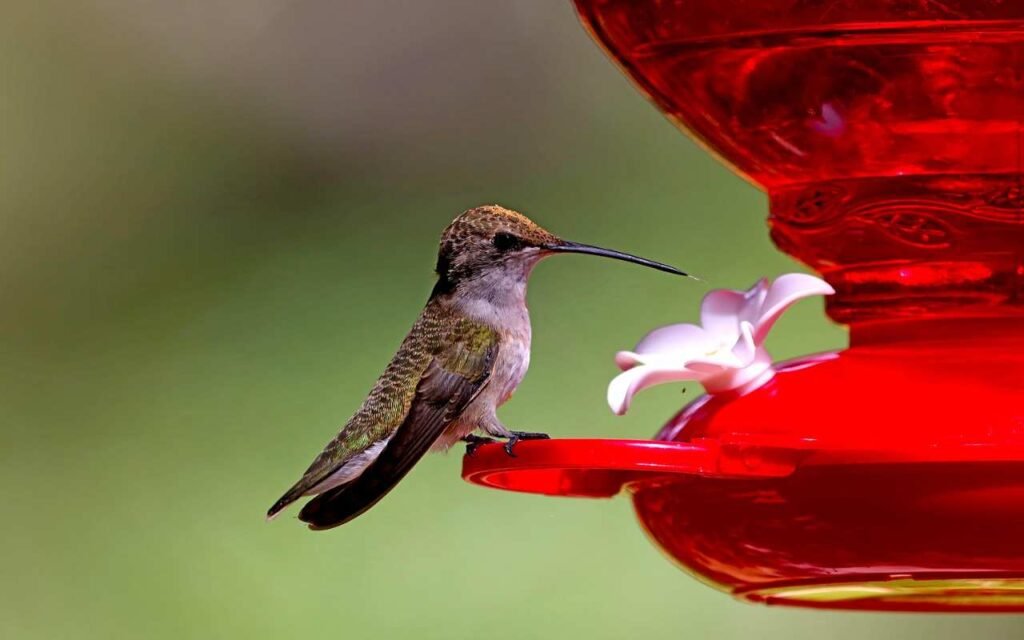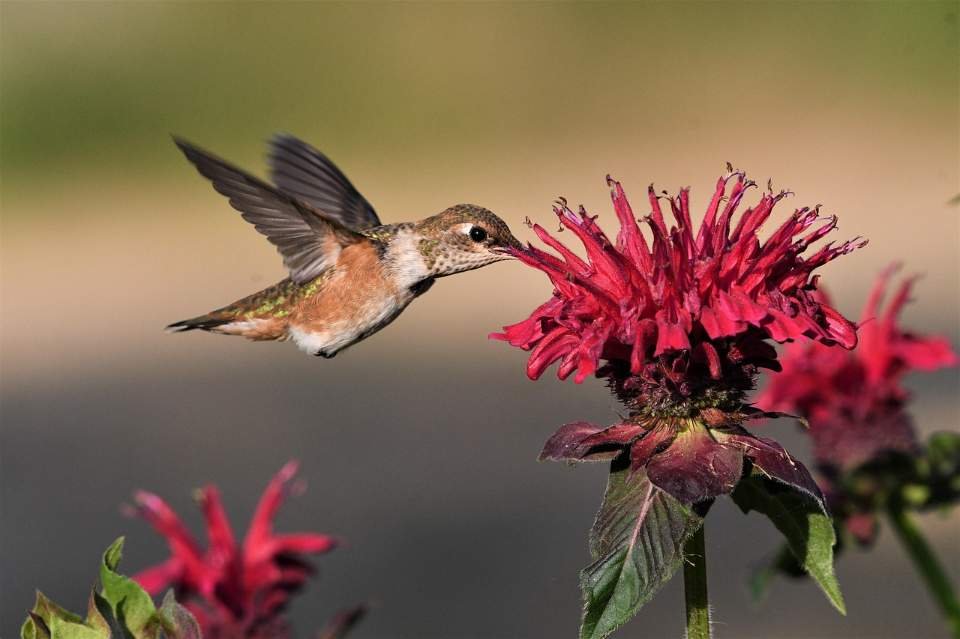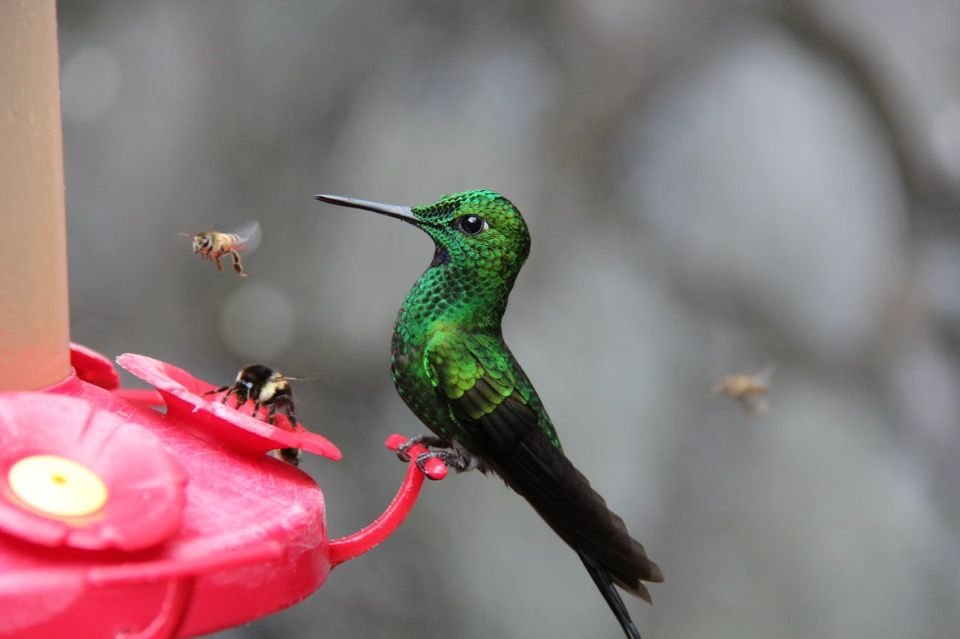You’re sipping your morning coffee, thinking about how to attract hummingbirds, when suddenly a tiny emerald blur zips past your window, hovers at your feeder for a few seconds, then disappears like it was never there. If you’ve experienced that magical moment, you know just how addictive these little birds can be 🙂.
I spent years wondering why my neighbor’s yard seemed like hummingbird central while mine stayed a no-fly zone. Attracting these feathered speed demons isn’t rocket science, but it does take some strategy. After plenty of trial and error (and a few epic fails), I’ve cracked the code to creating a hummingbird paradise that’ll have these tiny visitors treating your yard like their personal all-you-can-eat buffet.
The Secret to Hummingbird Success: Sugar Water Done Right
Let’s start with the obvious – hummingbird feeders are your gateway drug to becoming a full-blown hummingbird addict. But here’s where most people mess up: they think any old feeder and any old sugar water will do the trick.
Wrong. These birds are pickier than food critics at a five-star restaurant.
The perfect nectar recipe is stupidly simple: four parts water to one part white sugar. That’s it. No red dye, no honey, no artificial sweeteners, and definitely no brown sugar.
According to the National Audubon Society, this 4:1 water-to-sugar ratio is the safest and simplest recipe for hummingbirds.
I learned this the hard way after watching hummingbirds take one sip of my “gourmet” honey mixture and fly away like I’d personally offended their ancestors.
Feeder Placement: Location, Location, Location
You can have the most expensive feeder filled with premium nectar, but if you hang it in the wrong spot, you’ll be feeding exactly zero hummingbirds. Strategic placement makes all the difference between success and watching your neighbor’s hummingbird highway from your empty yard.
Hang your feeders about five feet off the ground – high enough that cats can’t reach them (trust me on this one), but low enough that you can actually see the action. Place them near natural perches like small branches where hummingbirds can rest between feeding sessions.
For tips on keeping squirrels and other pests away from feeders, see how to keep squirrels away from bird feeders.
Ever wonder why some feeders attract dozens of birds while others sit empty? It’s all about the flight path. Hummingbirds prefer feeders positioned along their natural travel routes – typically near flowering plants or along the edges of open spaces.
According to a study published in ScienceDirect, hummingbird sightings increased with supplemental feeding and plant diversity, and sighting frequency was higher in neighborhoods with more greenery.
Flowers That Make Hummingbirds Go Crazy
Here’s something that might surprise you: hummingbirds don’t actually prefer red flowers. They prefer tubular-shaped blooms that match their long beaks and tongues, regardless of color. The whole “hummingbirds love red” thing is marketing nonsense that somehow became gospel truth.
According to the U.S. Forest Service, tubular blooms like bee balm and salvia are more important than flower color when it comes to attracting hummingbirds.
Bee balm is like hummingbird candy – I planted three varieties last spring and counted seventeen different birds visiting throughout the summer. Cardinal flower might be red, but it’s the trumpet shape that drives them wild, not the color. Salvia varieties bloom all season long and provide a constant nectar source when your feeders need refilling.
Native Plants: The Ultimate Game Changer
Want to know the real secret weapon? Native flowering plants that evolved alongside your local hummingbird species. These plants produce nectar at exactly the right times during migration seasons and provide the perfect nutritional balance.
I replaced half my non-native flower bed with native trumpet vine and wild bergamot two years ago. The difference was immediate – instead of occasional visitors, I had regular residents who knew exactly when new blooms would open.
Perennial vs. annual plants both have their place in hummingbird gardens. Perennials like penstemon and cardinal flower provide reliable year-after-year nectar sources, while annuals like impatiens and fuchsia give you flexibility to experiment with new varieties each season.
For more ideas on bird-friendly flora, check out native plants for birds.
Creating the Perfect Hummingbird Habitat
Feeders and flowers are just the beginning. These tiny birds need way more than sugar water to thrive in your yard. Think of yourself as a hummingbird real estate developer – you’re creating the ultimate bird neighborhood.
Water features are absolutely essential, but not the way you might think. Hummingbirds don’t paddle around in birdbaths like robins. They prefer moving water – fountains, drippers, or misters that create fine spray they can fly through for quick baths.
I installed a simple solar fountain in my garden last summer and watched hummingbirds discover it within hours. They’d hover in the mist, fluttering their wings to get every feather clean. It’s like having a tiny bird car wash in your backyard.
For more on keeping backyard birds healthy and hydrated, see our guide.
Shelter and Nesting Sites
Tree cover and dense shrubs provide essential shelter from predators and harsh weather. Hummingbirds build their nests on small branches, typically 10-20 feet off the ground, using materials like spider silk and plant down to construct incredibly flexible homes that expand as their babies grow.
According to the American Bird Conservancy, hummingbird nests expand as chicks grow thanks to their use of elastic spider silk. Learn more about the life cycle of a hummingbird.
Don’t manicure your yard too perfectly – hummingbirds actually prefer some natural messiness. Those “weedy” areas you’ve been meaning to clean up might be providing essential nesting materials and insect habitat.
You can also encourage backyard birds to nest safely in these areas.
Timing Is Everything: Migration and Seasonal Strategies
Here’s where things get strategic. Spring migration typically begins in March in southern areas and continues through May in northern regions. Your goal is to have feeders up and flowers blooming before the first scouts arrive to claim territories.
According to Journey North, adult male Ruby-throated Hummingbirds are the first to leave for migration, allowing them to establish territories before females and juveniles arrive. If your yard isn’t ready, they’ll set up shop somewhere else and stick with that choice all season long.
I mark my calendar every February 15th to prep my feeders and check my early-blooming plants. Why? Because the first hummingbirds to arrive get to choose the best territories. If your yard isn’t ready, they’ll set up shop somewhere else and stick with that choice all season long.
Fall migration is equally important but often overlooked. Keep feeders up well past the first frost – late migrants depend on reliable food sources during their incredible journey south. The old myth about feeders preventing migration? Complete nonsense. These birds have GPS systems that put your smartphone to shame.
Monthly Maintenance That Actually Works
Clean feeders every 3-4 days during hot weather, weekly during cooler periods. See how to clean a bird bath without chemicals to keep water sources safe and healthy.
Fermented nectar isn’t just unappetizing to hummingbirds – it can actually make them sick. I learned this lesson when my “low-maintenance” approach resulted in a completely abandoned feeder covered in black mold :/
Replace nectar even if it looks fine. Fresh is always better, and the small cost of sugar is nothing compared to the joy of watching regular visitors return to your yard day after day.
Common Mistakes That Sabotage Your Success
Let’s talk about the biggest hummingbird attraction failures I see people make. First up: too few feeders. One feeder might attract a territorial male who chases everyone else away. Multiple feeders in different locations encourage more birds and reduce aggressive behavior.
Pesticide use is a hummingbird killer – literally. These birds eat tiny insects for protein, and poisoned bugs mean poisoned hummingbirds. According to Beyond Pesticides, neonicotinoid pesticides harm hummingbirds by reducing their insect prey and directly affecting their health. Skip the chemical treatments and embrace a more natural approach to pest control.
Ever notice how some yards have tons of hummingbirds while others have none, even with identical setups? Often it comes down to consistency. Hummingbirds develop routines and expectations. Empty feeders or dead flowers train them to look elsewhere for reliable food sources.
The Competition Factor
Multiple feeding stations spread throughout your yard prevent dominant birds from monopolizing resources. I space my four feeders at least 15 feet apart – far enough that one aggressive bird can’t guard them all simultaneously. Try making your own bird feeders with this DIY guide to add more feeding options while recycling materials.
Ant guards and bee guards keep unwanted visitors from stealing nectar and deterring hummingbirds. Nothing ruins a good feeding session like having to compete with a swarm of yellow jackets for sugar water access.
Advanced Tips for Serious Hummingbird Enthusiasts
Ready to take your hummingbird game to the next level? Heated feeders extend the season in colder climates, providing essential calories during unexpected temperature drops. I’ve watched hummingbirds feeding at my heated feeder while snow covered everything else in my yard.
Feeder cameras let you identify different species and individual birds visiting your yard. You’ll start recognizing personalities – the aggressive male who chases everyone away, the sneaky female who waits for him to leave, the juveniles learning proper feeder etiquette from their parents.
FYI, hummingbirds have incredible memories and will return to the same yards year after year if you provide consistent resources. Some banded birds have been documented returning to the exact same feeders for over a decade.
Creating Hummingbird Highways
Think beyond your property boundaries. Coordinate with neighbors to create corridors of hummingbird habitat that connect larger natural areas. When entire neighborhoods provide food and shelter, hummingbird populations increase dramatically.
Succession planting ensures continuous blooms throughout the growing season. Plant early, mid, and late-season flowering varieties so there’s always something in bloom when hummingbirds need nectar most.
Troubleshooting Your Hummingbird Setup
No hummingbirds showing up despite your best efforts? Location scouting might be your issue. Hummingbirds follow predictable flight patterns based on natural features like tree lines, water sources, and elevation changes. Observe where they naturally travel and place your attractants accordingly.
Patience is probably the hardest part of hummingbird attraction. It can take weeks or even a full season for birds to discover and trust new food sources. I spent an entire summer watching exactly two hummingbirds visit my elaborate setup, then suddenly had over twenty regulars the following year.
Sometimes the problem isn’t what you’re doing – it’s what you’re not doing. Habitat corridors connecting your yard to larger natural areas give hummingbirds safe travel routes and encourage exploration of new territories.
The Payoff: Why It’s All Worth It
After three seasons of trial and error, my yard now hosts over thirty different hummingbirds during peak season. Watching them establish territories, defend feeders, and raise babies in nearby trees never gets old. These tiny creatures pack more personality per ounce than any other bird species.
The real magic happens when you realize you’re not just feeding birds – you’re supporting ecosystem health and contributing to conservation efforts. Every hummingbird that successfully fuels up in your yard is better equipped for the challenges of migration and breeding.
IMO, there’s no better investment in backyard wildlife than creating proper hummingbird habitat. The setup costs are minimal compared to years of entertainment and the satisfaction of knowing you’re making a real difference for these incredible little birds.
Start small, be patient, and prepare to become completely obsessed with these feathered jewels. Once you experience the magic of hummingbirds treating your yard like home base, you’ll understand why so many of us spend hours watching feeders and planning next season’s improvements 🙂




